A 2024 Update on Black Rot of Grapes in Oklahoma - Sept. 4, 2024
Black rot continues to pose a serious threat to grape production in Oklahoma. The disease is caused by the fungus Guignardia bidwellii. Widespread black rot symptoms covering the dormant stage through veraison have been identified in the ongoing 2024 surveys. Black rot can overwinter in vineyards during the dormant season in mummies, canes and pruned piles (Figures 1-2). Overwintering fungus in mummified berries and canes on the vines or on the vineyard floors become major sources of inoculum.
Black rot is a polycyclic disease, with multiple rounds of infection throughout the grape season. The disease is favored by warm and wet weathers. At the onset of rain (and subsequent rainfalls), ascospores from perithecia (black fruiting bodies) in the dormant stage are carried in wind currents and rain splashes to young emerging leaves. These spores grow within 48 hours in the presence of moisture and penetrate the leaves, canes and fruits. The infection can become visible within 1-3 weeks. The spores can be released continuously during wet weather, leading to multiple cycles of infection. Typical black rot symptoms, as well as close-up spots, like that found on Boston ivy (Parthenocissus tricuspidata), have been identified in Oklahoma vineyards (Figure 3). For information on management of grape black rot in Oklahoma, please see OSU extension publication, CR-6252 (Commercial Grape Insect and Disease Control – 2022) and EPP-7643 (Black Rot of Grapes).
| Image | Caption |
|---|---|
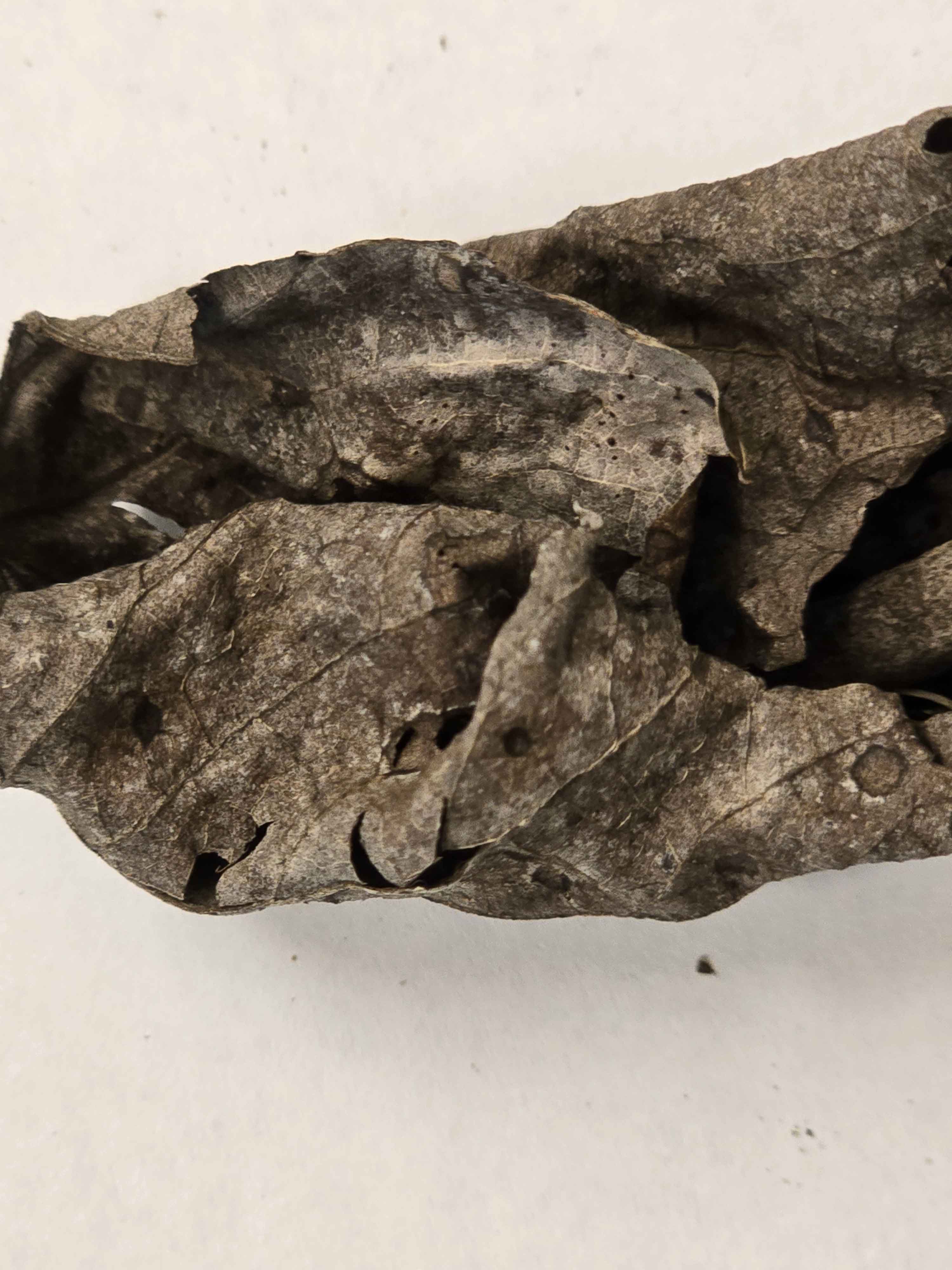 |
Figure 1a |
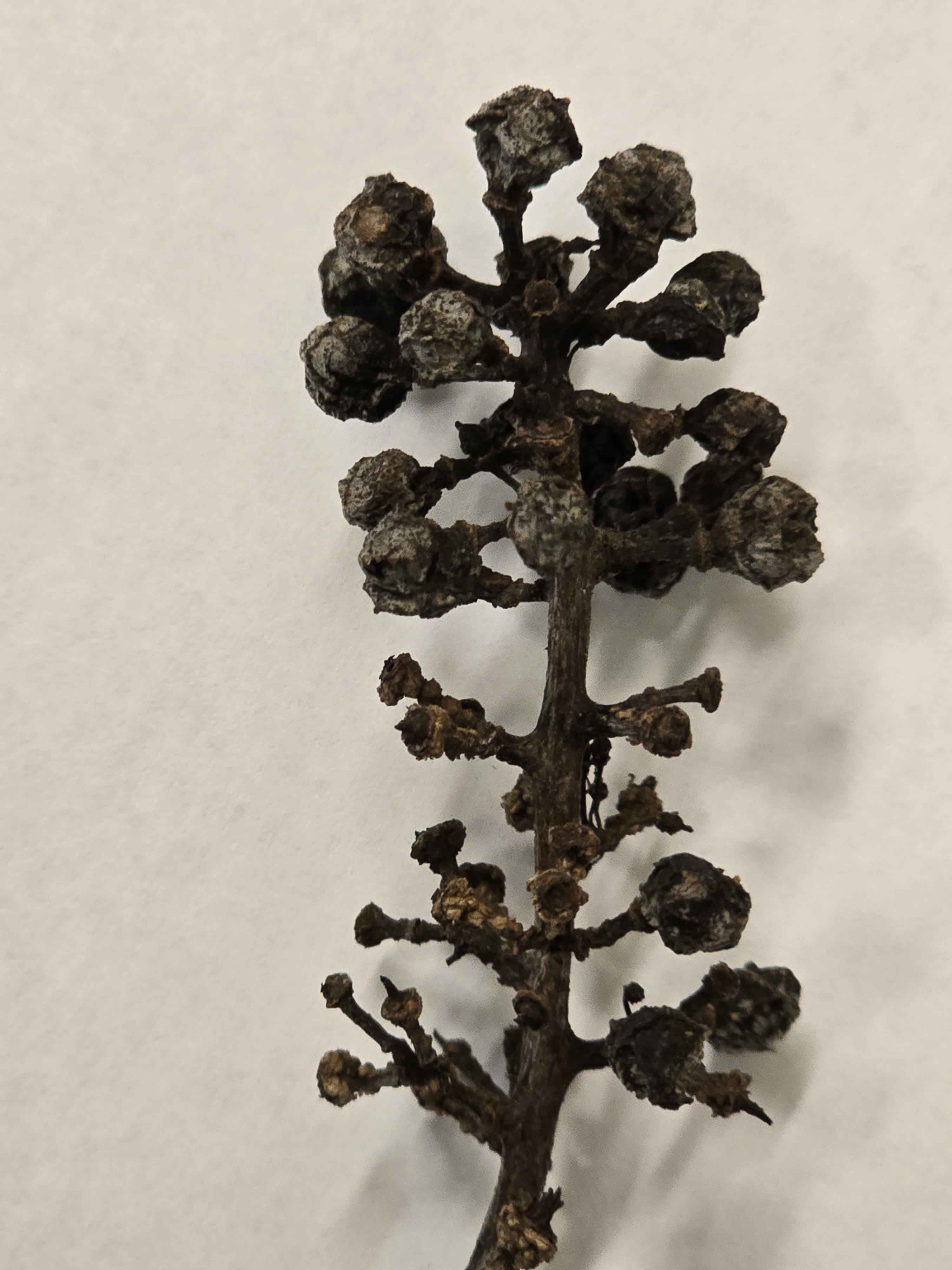 |
Figure 1b |
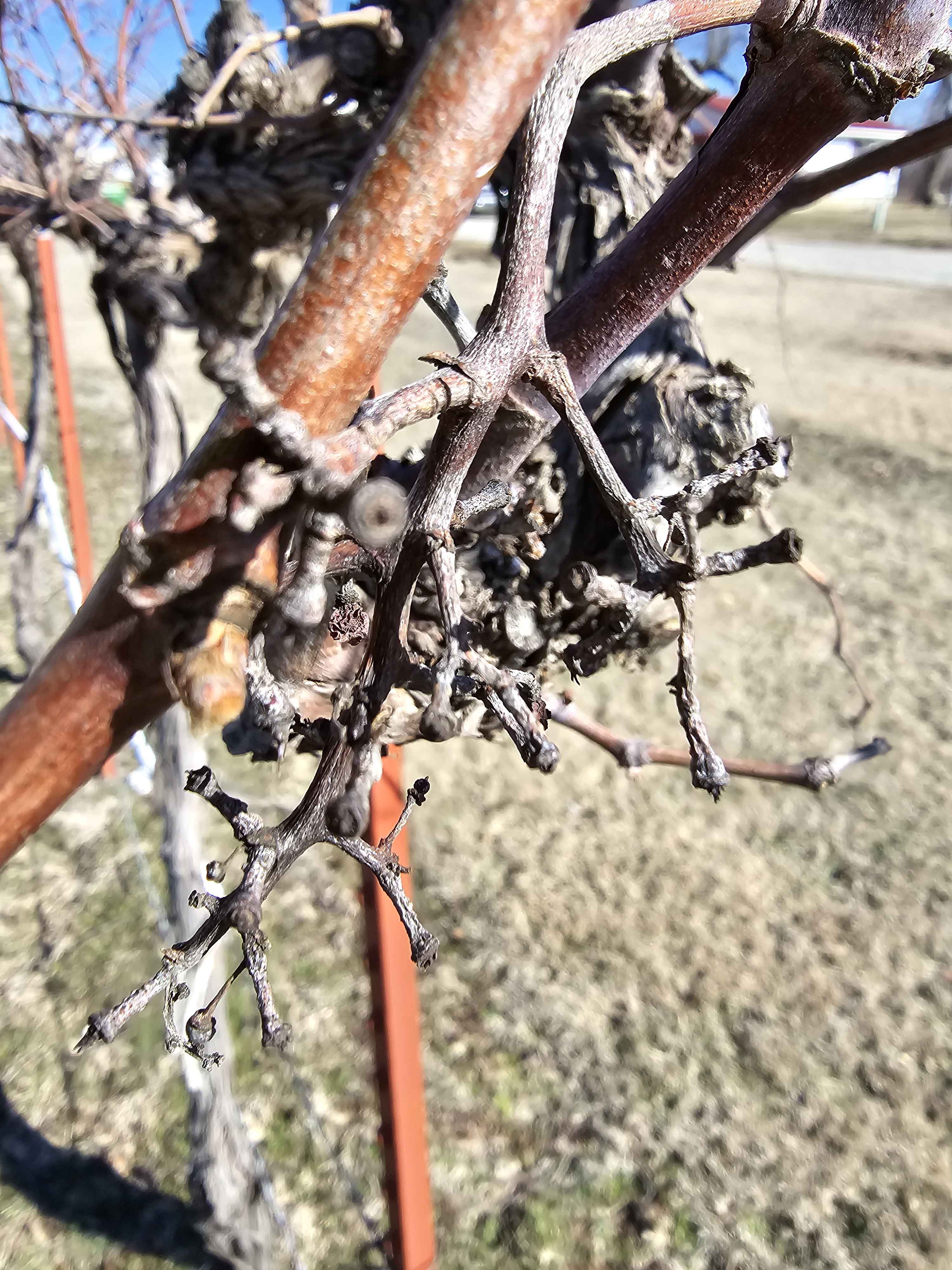 |
Figure 1c |
| Image | Caption |
|---|---|
 |
Figure 2a |
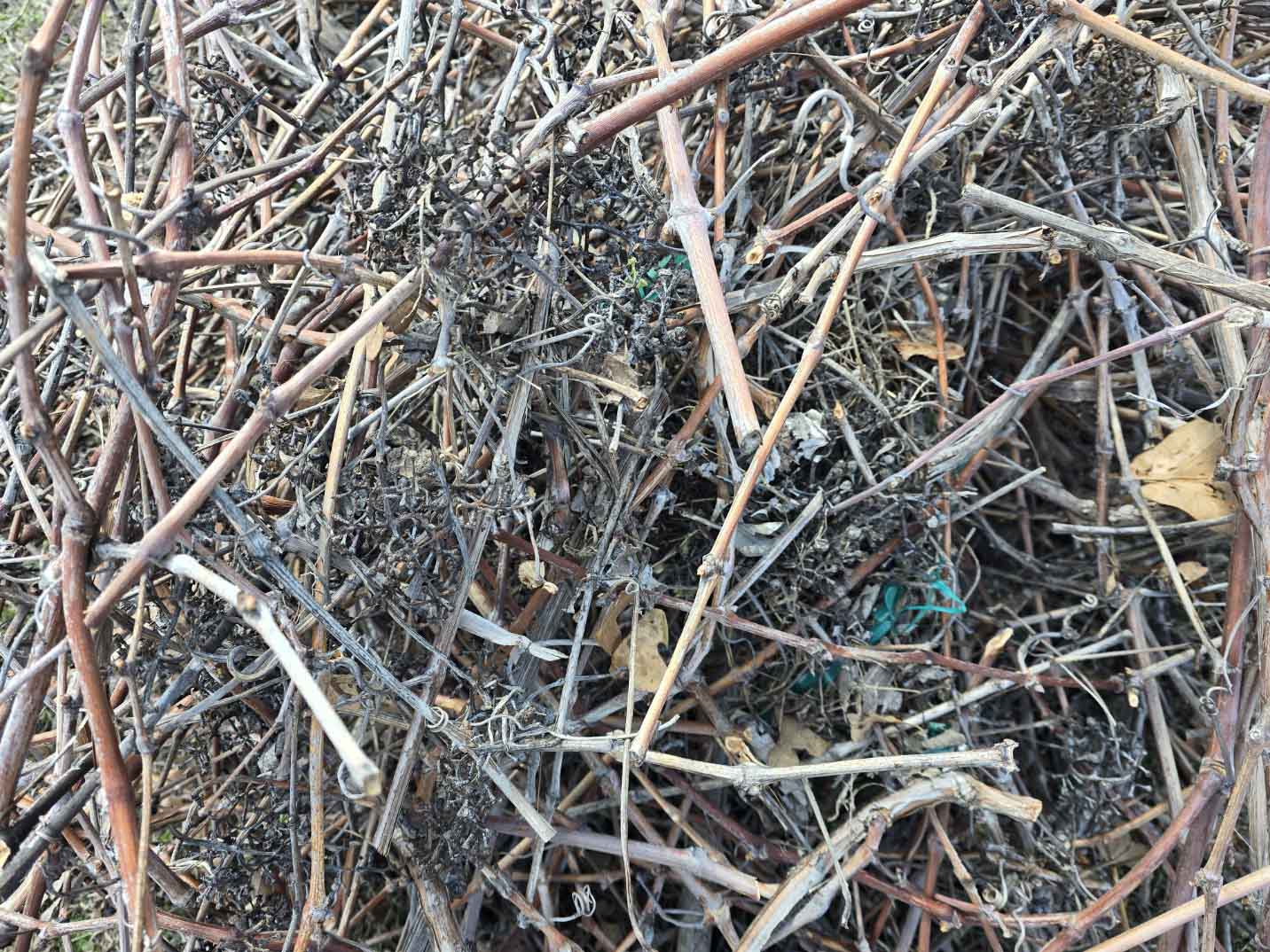 |
Figure 2b |
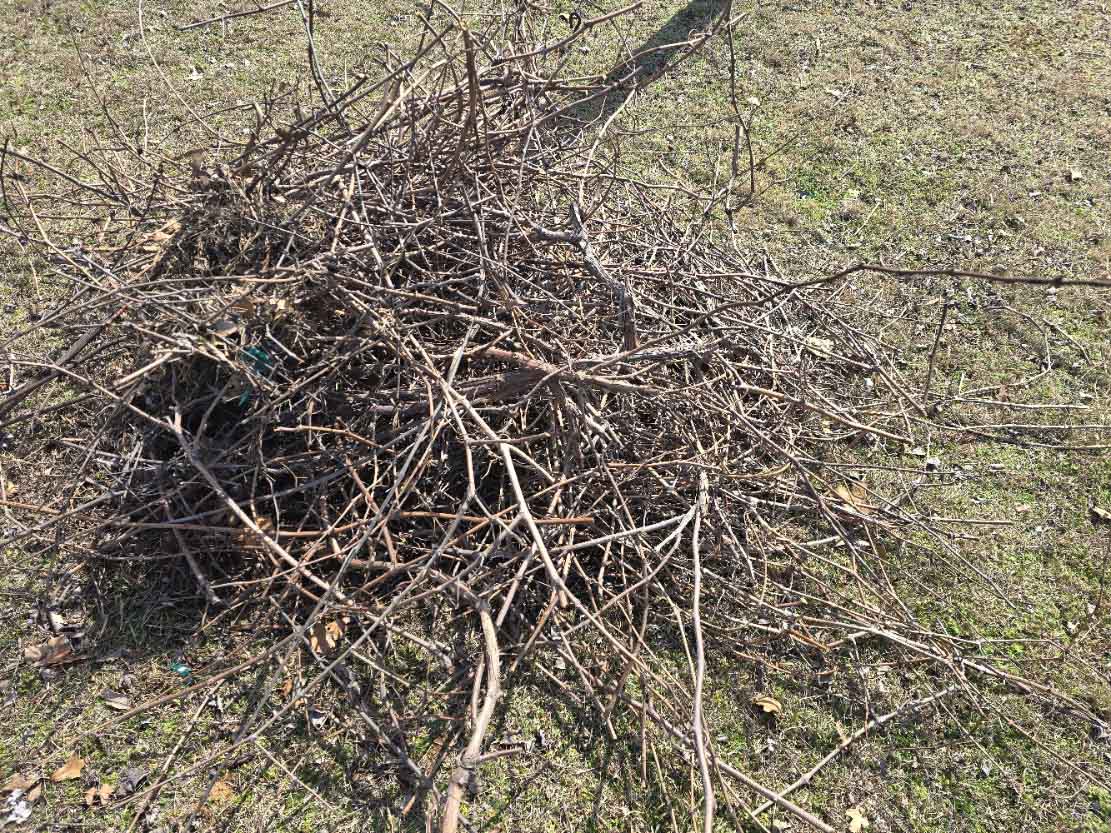 |
Figure 2c |
| Image | Caption |
|---|---|
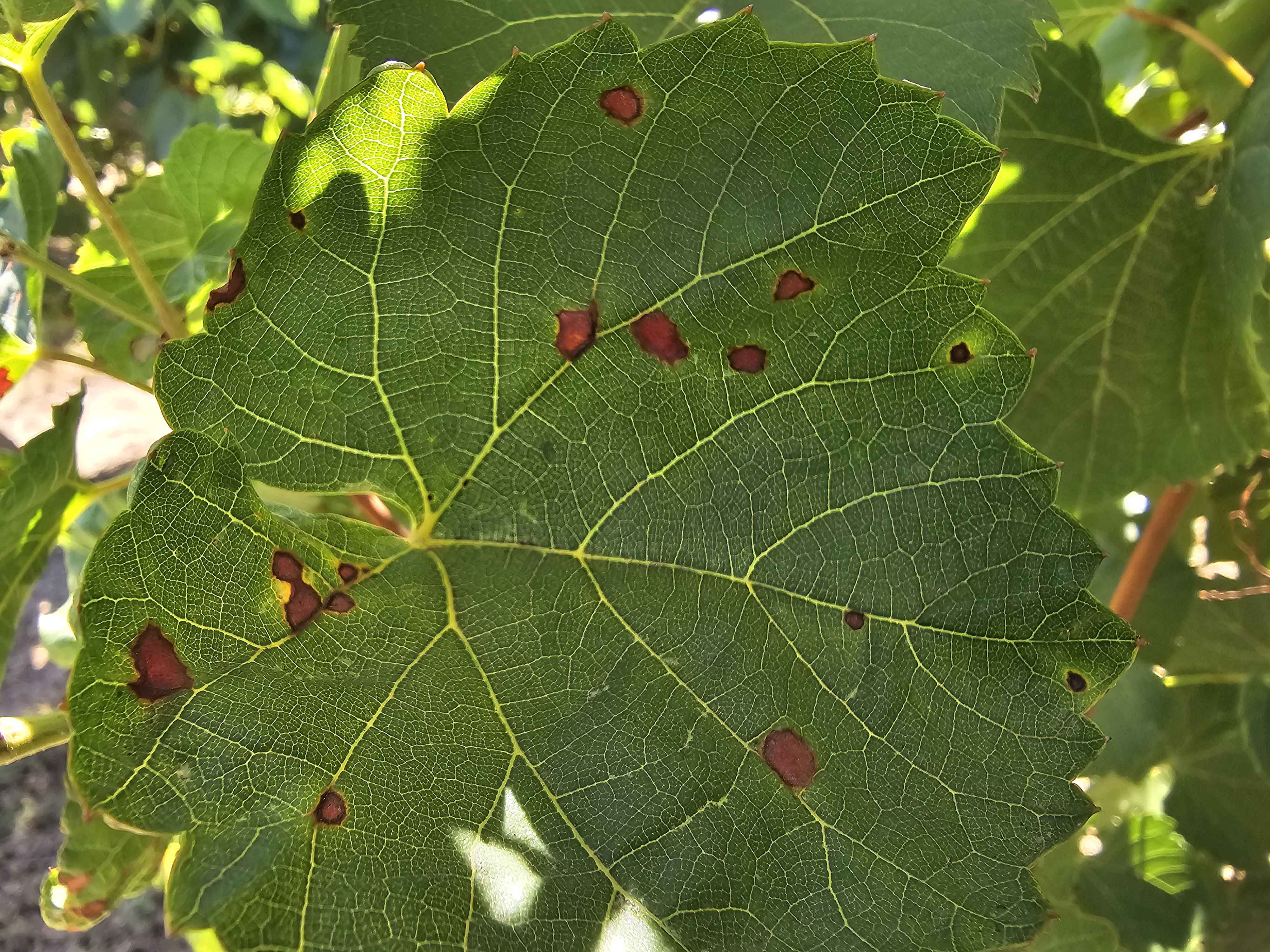 |
Figure 3a |
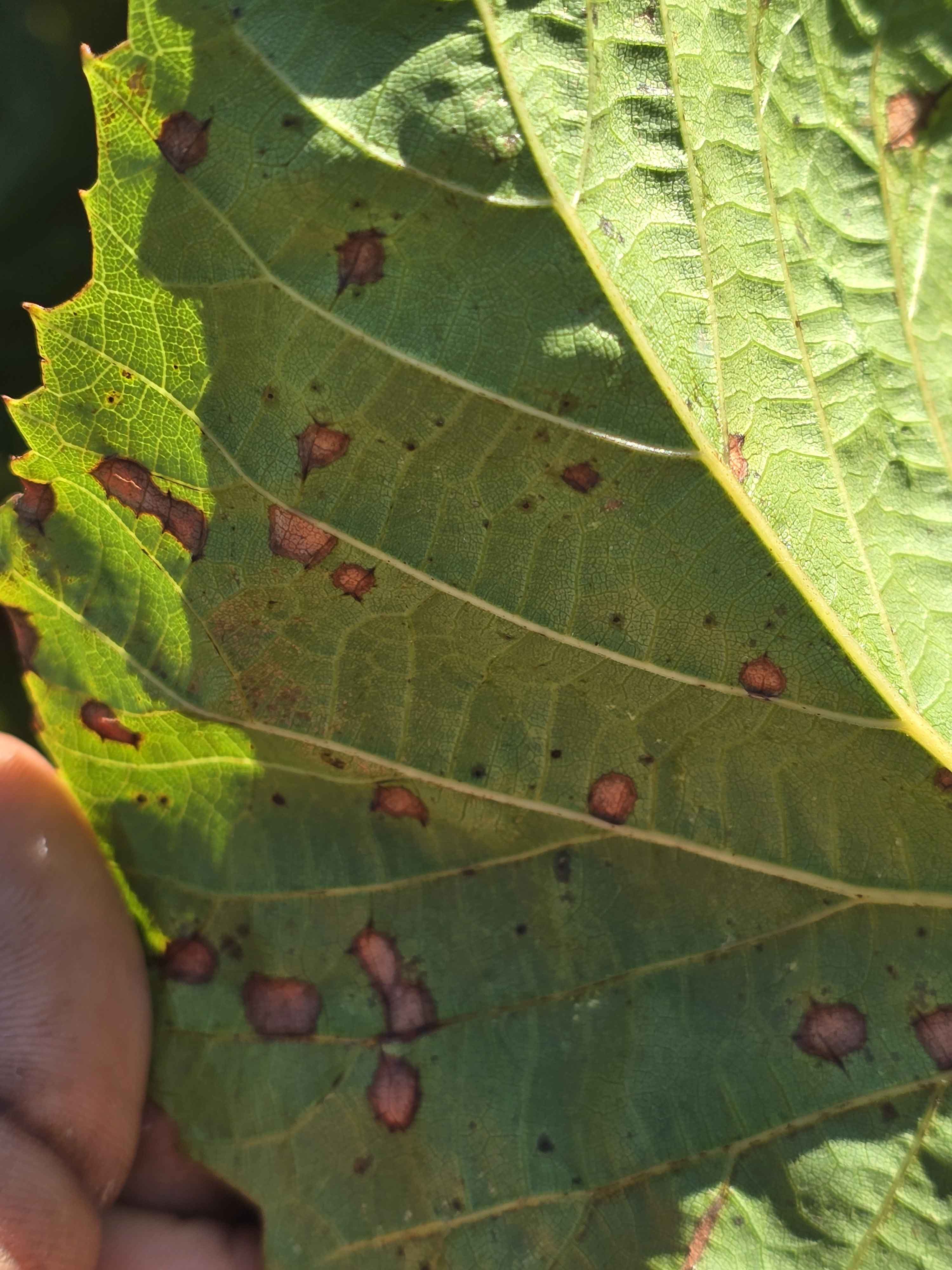 |
Figure 3b |
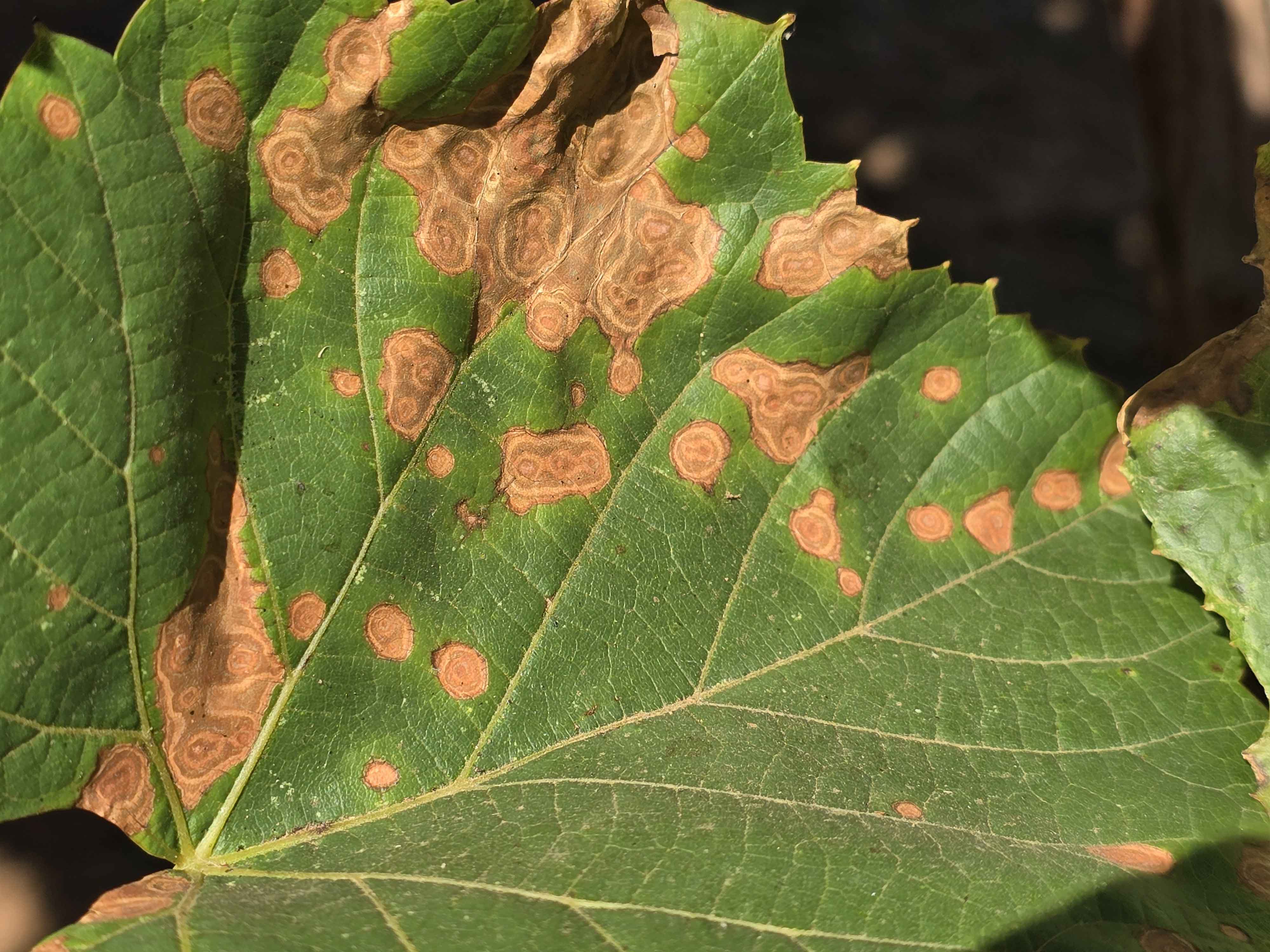 |
Figure 3c |
